Are you looking to explore some national parks in Kansas? If you are these 10 Parks offer an abundance of history, 4 of which commemorate and celebrate historic events.
In this list, I will go through five associated sites that have historic trails you can explore.
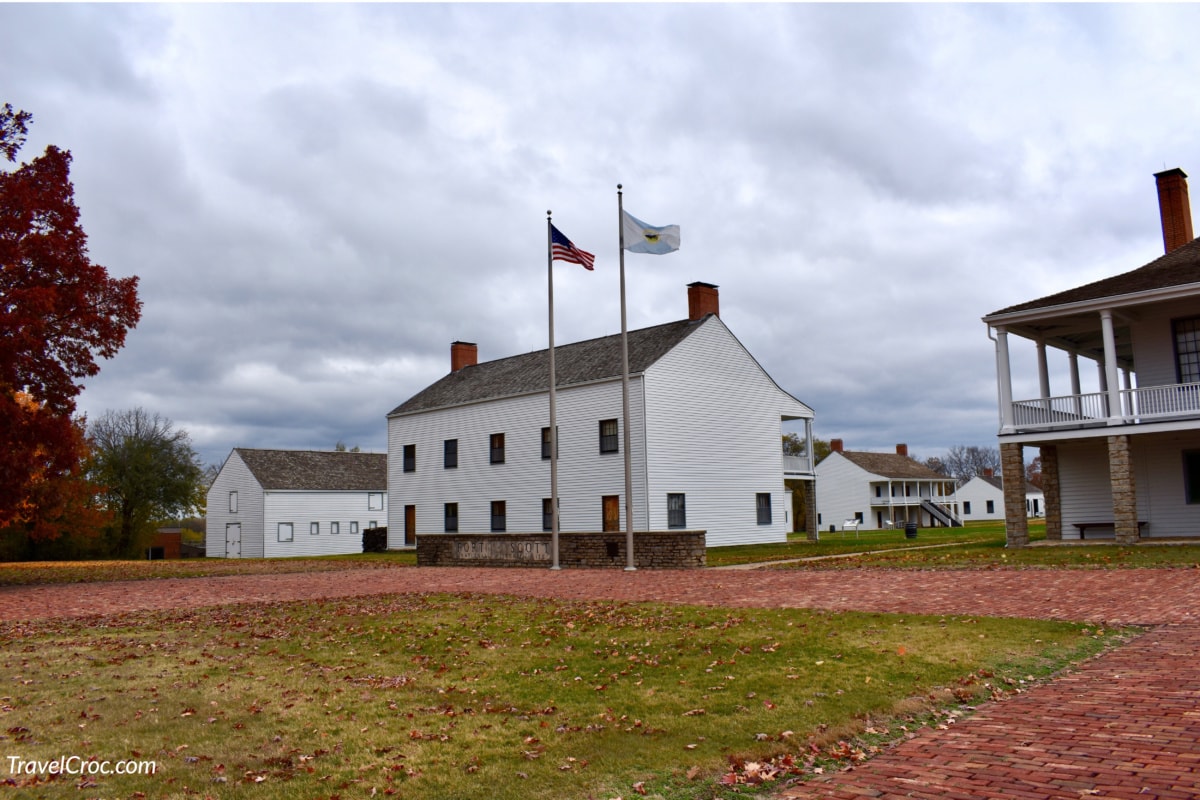
If you are a history buff like myself you’ll love all the national parks, museums, and commemorative plaques you’ll get to see. I was in complete heaven.
If you are more into nature there is plenty to see and do. One of the National Parks in Kansas is Tallgrass Prairie National Preserve. It is an absolutely breathtaking space that consists of miles of golden grasses, the last of its kind.
The historic trails all pass through meadows, forests, rivers, and streams.
Besides getting goosebumps from walking the same footpaths as some of my ancestors 200 years ago, I found out that Kansas is very beautiful! You will too.
Here Are The Official National Parks In Kansas
Brown vs. Board of Education National Historic Site
This site played a very important role in the American civil rights movement. Spread over two acres, the site occupies the former Monroe Elementary School in Topeka, Kansas, once a public school exclusively for the Topeka students of the African-American race.
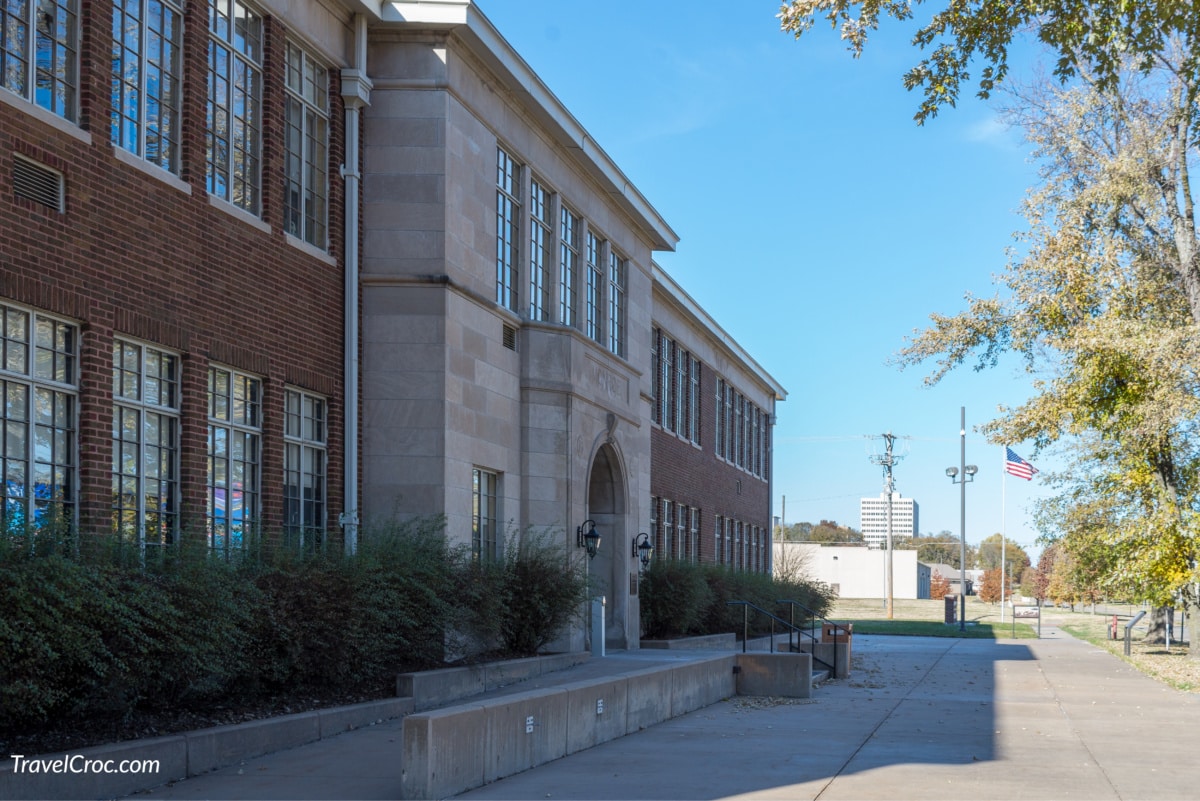
In 1954, by unanimous decision, the Supreme Court in the case of Oliver Brown Et Al vs. The Board of Education of Topeka et al judged the racial segregation in school was against the principles of “equal protection established by the 14th amendment of the US Constitution.”
This decision meant the end of the legal racial segregation in public schools in Topeka and marked the beginning of the de-segregation of all US schools.
The site offers fascinating exhibits at several galleries, as well as a temporary exhibit. You can also go on an independent tour of the historic Monroe School building.
Brown v. Board of Education National Historic Site was established as a national park in Kansas on October 26, 1992, and was opened to the public in 2004, on the 50th anniversary of the Brown v. Board of Education ruling.
You can visit the site daily from 9 AM-5 PM and admission is free. It is operated by the National Park Service.
Recommended reading:
Fort Larned National Historic Site
View this post on Instagram
Located about 110 miles northwest of Wichita in Western Kansas, and spread over 410 acres, the Fort Larned National Historic Site commemorates the role of Fort Larned during the Indian Wars era.
Fort Larned is the best preserved and most complete military post of this era. Together with a chain of other forts, it was built by the U.S. Army to protect traders, pioneers, and mail coaches traveling through the Great Plains from Plains Indians.
Fort Larned is located on the Santa Fe Trail.
The Fort consists of nine meticulously restored and accurately re-furnished buildings. The buildings include the barracks, officers’ quarters, commissary, quartermaster’s storehouse, blacksmith shop, and more.
The Visitor Center has a museum with a collection of artifacts and several exhibits related to the Indian Wars. There is also an audiovisual program. Visitors can buy books and items about conquering of the West. Admission is free.
The Fort Larned Historical Society was established in 1957 to protect and develop the site and open it as a popular tourist attraction. In 1961, the fort was declared a National Landmark and was incorporated into the National Park System in 1964.
Recommended reading:
Fort Scott National Historic Site
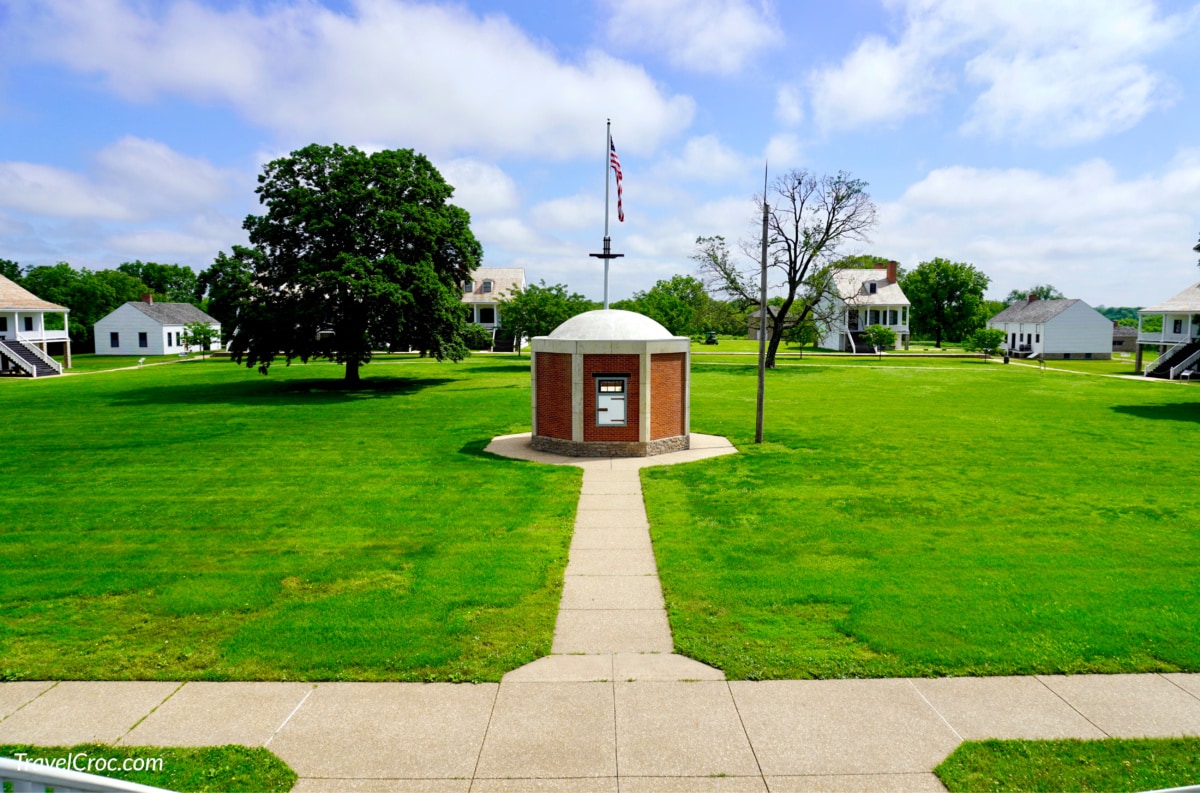
Fort Scott National Historic Site was established in 1978 as the Kansas national park to interpret the 1840s era and the role of the U.S. Army on the frontier.
The site includes 20 preserved historic structures. Eleven of them are original buildings, and the others are reconstructed on the original foundations.
The story of Fort Scott covers thirty years of American history. From 1842 to 1853, Fort Scott was a military installation. Its job was protecting the Permanent Indian Frontier.
Its soldiers maintained peace between American Indian tribes and incoming white settlers. They also patrolled overland trails and fought in the Mexican-American War.
The fort was abandoned in 1853 and the frontier stretched westward. In 1855, the buildings were sold and the fort turned into a town.
During the years of the Civil War, the United States Army re-established a military base in Fort Scott and used many of the fort’s former buildings. Civil War Fort Scott was a Union supply base, a hospital, a recruitment center, and a training ground.
The site is open daily. Visitors can take a self-guided tour of the buildings with their period furnishings. Visitors Center offers a short movie about the site’s history, as well as a series of exhibits.
Every year, the site organizes special events and living history programs. There is also a walking trail through the tallgrass prairie nearby. This is by far one of my favorite national parks in Kansas.
The site is managed by the National Park Service.
Recommended reading:
Nicodemus National Historic Site
View this post on Instagram
Nicodemus National Historic Site is a Kansas national park about 110 miles from Salina, Kansas, on Highway 24, between Hill City and Webster Lake. The park covers 161-acres and is open year-round.
Established in 1877, Nicodemus is the only town established west of the Mississippi River settled and founded by African Americans at the end of Reconstruction that still exists. There are even descendants of the original black settlers still living in town.
The town was declared a national park in Kansas in 1996 to commemorate and celebrate the heritage of this area.
The site consists of five historic structures: First Baptist Church, A.M.E Church, St. Francis Hotel, Nicodemus School District #1, and Township Hall.
A Visitor Center is located in the Township Hall. It is a single building open to the public. Park Rangers offer orientation videos and interpretive displays.
This site is a part of the National Park System.
Recommended reading:
Tallgrass Prairie National Preserve
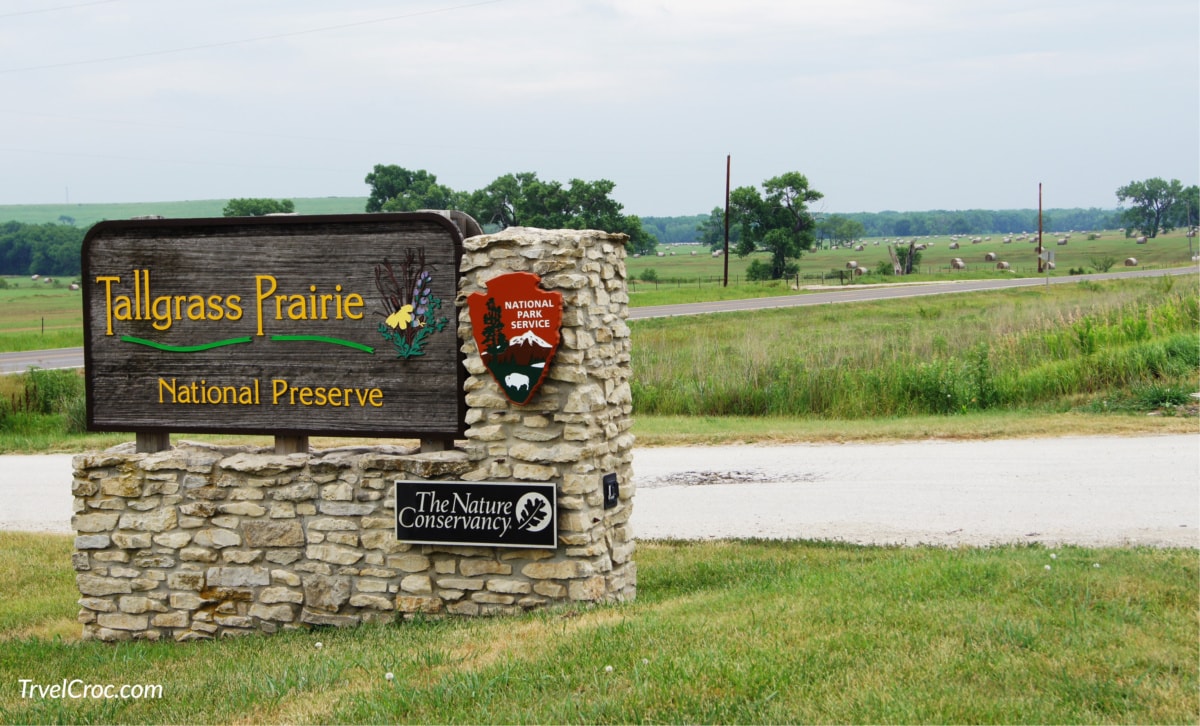
Tallgrass Prairie National Preserve is a national park in Kansas located about 85 miles from Wichita. It covers over 11,000 acres.
Tallgrass prairie covered over 170 million acres of land in North America until just a generation ago. Most of it had been converted into farmland. Less than four percent is still intact and can be mostly found in the Kansas Flint Hills.
Tallgrass Prairie National Preserve was established in 1996 as a partnership between private landowners and the federal government and is administered and managed by the National Park Service.
The site was established to protect and interpret the vulnerable prairie ecosystem and the heritage of this part of Kansas. It is one of the best national parks in Kansas.
The park has more than 40 miles of diverse hiking trails, some very easy and others backcountry rough routes. Visitors can spot white-tailed deer, coyotes, badgers, and bobcats.
In 2009, in the joint effort, the National Park Service and the Nature Conservancy successfully reintroduced a herd of bison to the park. The animals now live on Windmill Pasture and are thriving.
The site is open year-round. Visitors can enjoy bus tours, interpretive tours, hiking trails, and wildlife viewing.
Associated sites of Kansas
Included in the list of the national parks in Kansas, Associated Sites of Kansas consist of five national historic trails that pass through Kansas.
A National Historic Trail is a long-distance route that commemorates and follows a historic path that changed the US history and character.
Today, managed and protected as national parks, the routes offer visitors opportunities to walk the historic trails, visit surviving landmarks and sites along the trails, and learn about the fascinating stories they tell.
California National Historic Trail
View this post on Instagram
The California National Historic Trail is a 5,000-mile-long trail that runs through 10 states including Kansas. The trail follows the routes that more than 250,000 emigrants took in the 1840’s and 1850’s on their way to the fertile farmlands and goldfields of California.
The California Trail isn’t a single hiking trail. It is a series of hiking trails, small and big roads, and historic sites. Many US highways have been built to follow the wagon trail the settlers established as they traveled to California.
Visitors can enjoy the California National Historic Trail through auto-touring, hiking the trail, biking or horseback riding trail segments, visiting interpretive sites and various museums along the way.
The National Park Service, which has been administering the park since 1992, does not offer camping sites along the trail.
Lewis and Clark National Historic Trail
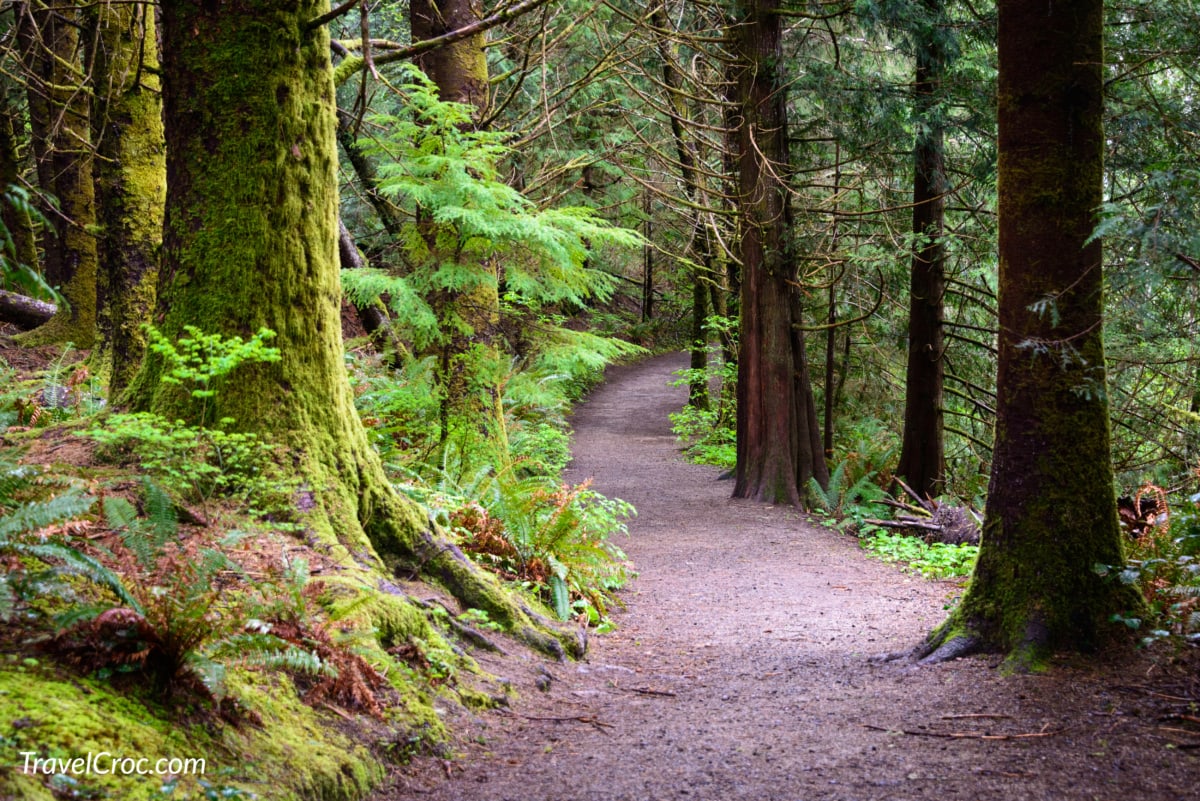
The Lewis and Clark National Historic Trail follows the path of the Meriwether Lewis and William Clark’s expedition across the new western region of the United States. It is a national park in Kansas.
The trail is about 4,900 miles (7,900 km) long. It stretches from Pittsburgh, Pennsylvania to the Columbia River, near what is today Astoria, Oregon.
The Trail runs through 16 states (Pennsylvania, Ohio, West Virginia, Kentucky, Indiana, Illinois, Missouri, Kansas, Nebraska, Iowa, South Dakota, North Dakota, Montana, Idaho, Washington, and Oregon) and a range of tribal lands.
The expedition started in May 1804 and finished in September 1806. The explorers’ goal was to claim these lands for the US and curtail the expansion of the Europeans.
The expedition made it all the way to the Pacific coast and was considered a great success. The explorers made the list of diverse landscapes, plants, and animals they observed. They established relationships with various native tribes they met on the way.
The trail includes land, auto, and water routes and has more than 100 stops. The visitors can enjoy hiking and biking along with the segments of the trail, or visit many historic monuments and sites along the way.
The national historic trail was established on November 10, 1978, and is administered by the National Park Service.
Recommended reading:
Oregon National Historic Trail
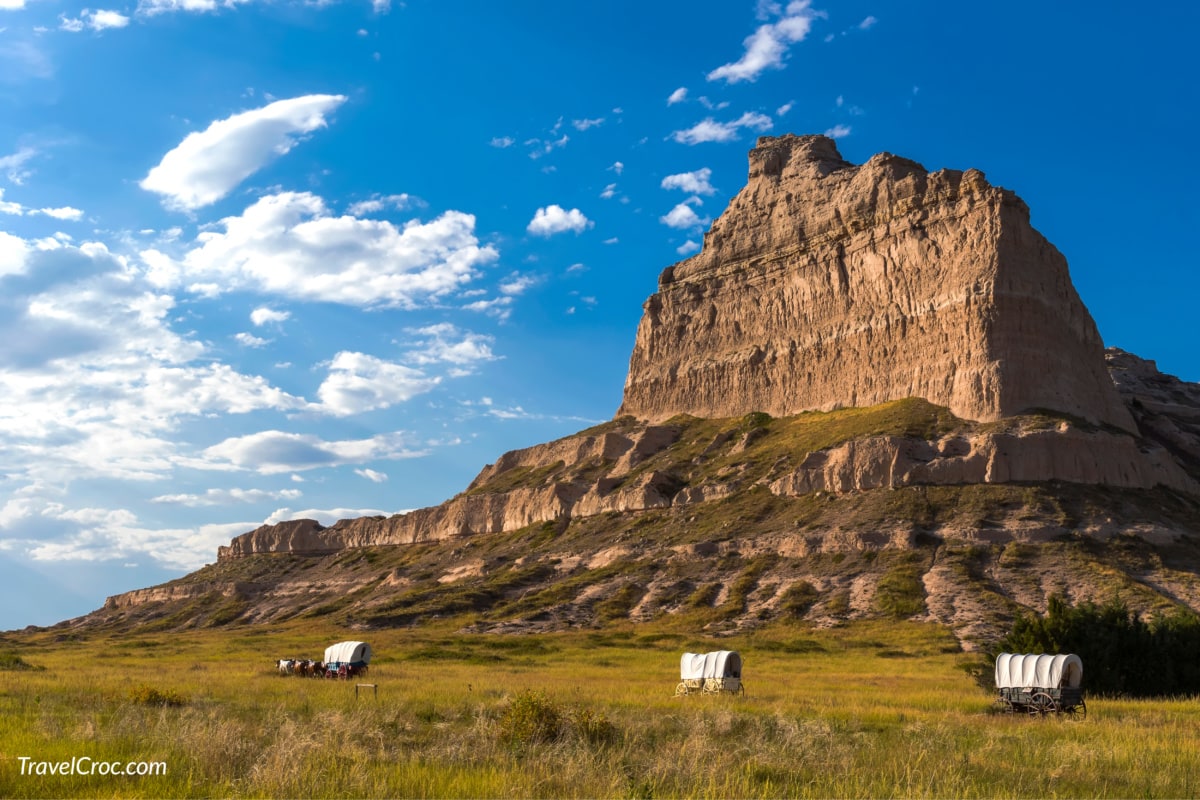
The Oregon National Historic Trail follows the 2,170 mile-long route used by more than 400000 emigrants in their covered wagons who were searching for fertile lands in the west. It connected the Missouri River and valleys in Oregon.
The eastern part of the Oregon Trail crossed over a part of what is now the state of Kansas and what are now the states of Nebraska and Wyoming. The trail is a national park in Kansas.
The Oregon National Historic Trail is not a well-marked hiking trail. It passes through communities, cities, public lands and wilderness. Many portions of the trail are private. While the trail is managed by the National Park Service, you need the permission of the private landowners to pass through.
The trail passes through several national parks including Fort Laramie National Historic Site, Scotts Bluff National Monument, Hagerman Fossil Beds National Monument, as well as Fort Vancouver National Historic Site.
Today, the trail runs through Missouri, Kansas, Nebraska, Wyoming, Idaho, Washington, and Oregon. It is mostly an autoroute but many segments are great for hiking and wildlife watching and include diverse and fascinating landscapes.
Along the way, there are many museums, churches, historic sites, and segments of the original trail worth visiting.
Pony Express National Historic Trail
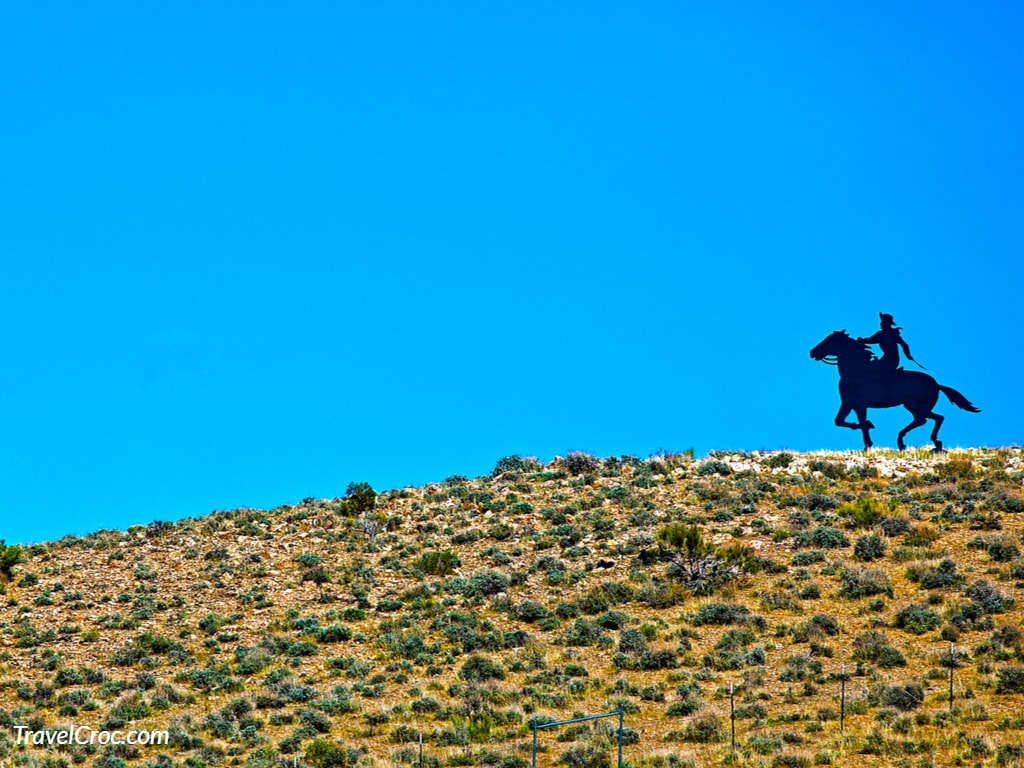
The Pony Express National Historic Trail commemorates the mail route used between 1860 and 1861 by the Pony Express to move mail between Missouri and California.
The Pony Express used a relay of horseback riders who sped between 186 Pony Express stations, 5 to 25 miles apart.
Thanks to the Pony Express, instead of six months, mail took only ten days to cross the US. After 18 months, in 1861, the telegraph made the Pony Express obsolete.
In 1992, Pony Express National Historic Trail has declared a National Historic Trail and is a national park in Kansas. It starts in Missouri and runs through Kansas, Nebraska, Colorado, Wyoming, Utah, and Nevada, ending in California.
Some sections of the trail are great for hiking or biking. There are also several stations and museums worth visiting and learning more about the Pony Express.
In Kansas, visitors can visit Hollenberg Pony Express Station State Historic Site, Marshall’s Ferry, and Pony Express Barn.
Santa Fe National Historic Trail
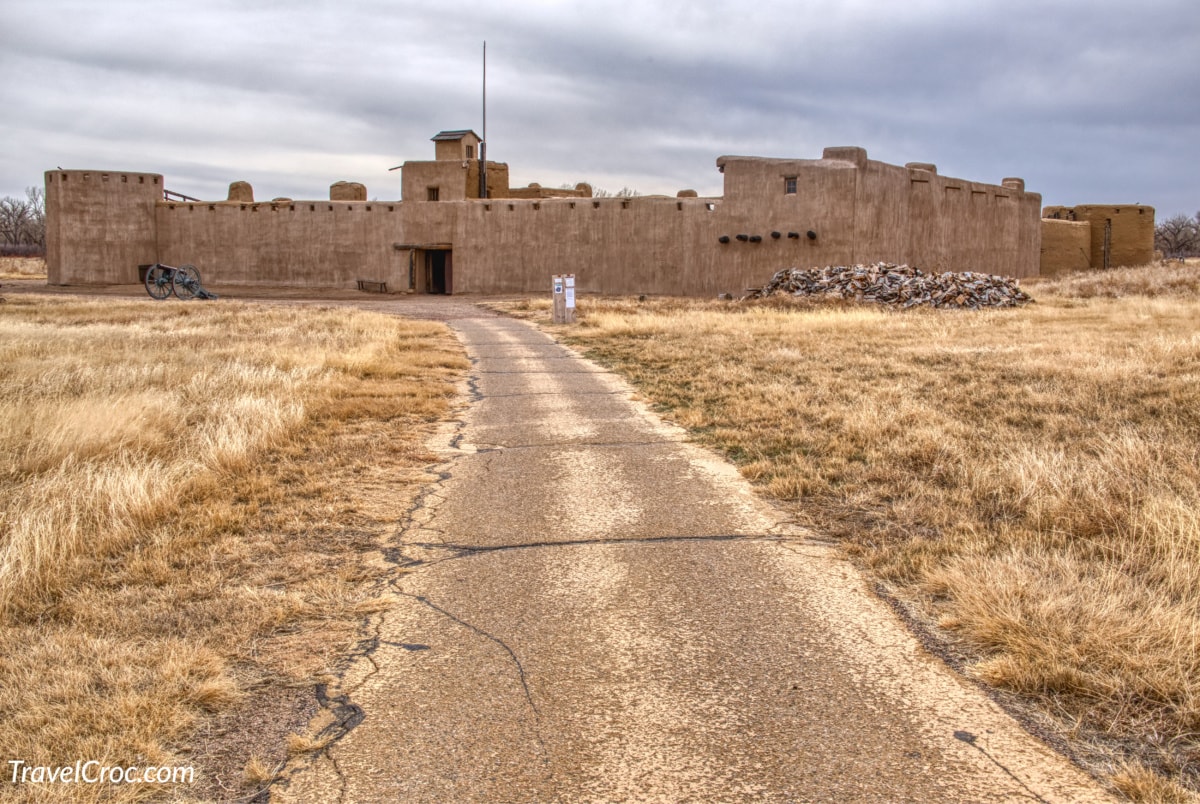
The Santa Fe Trail commemorates the 19th-century route through central North America that served as a major commercial highway until the railroad arrived in Santa Fe in 1880.
The route connected Franklin, Missouri with Santa Fe, New Mexico. The route was established in 1822 in order to encourage vigorous trade between Mexico and the US.
The trail runs through Missouri, Kansas, Oklahoma, Colorado, and New Mexico. There is a highway that roughly follows the original route.
The trail splits in Kansas and becomes the Mountain Route heading west into Colorado before turning south, and the Cimarron Cutoff, which crosses the Cimarron Desert.
Along the way, there are many sites worth exploring to learn more about the trail and the history of the region. In Kansas, a Cimarron National Grassland, a beautiful natural area rich in plant and animal life, is a wonderful stop-over.
Conclusion
National parks in Kansas offer a fascinating mix of history and nature. Well-maintained and in general free to visit, they offer a glimpse of the growth and changes in the area that brought the change to the whole country.
It is humbling to see the sites and trails our ancestors went through hoping for a better life, fighting nature, predators, and local native peoples.
If you can, visit these witnesses of so much courage and determination conveyed through interpretation sites, exhibitions, and commemorative plaques.


